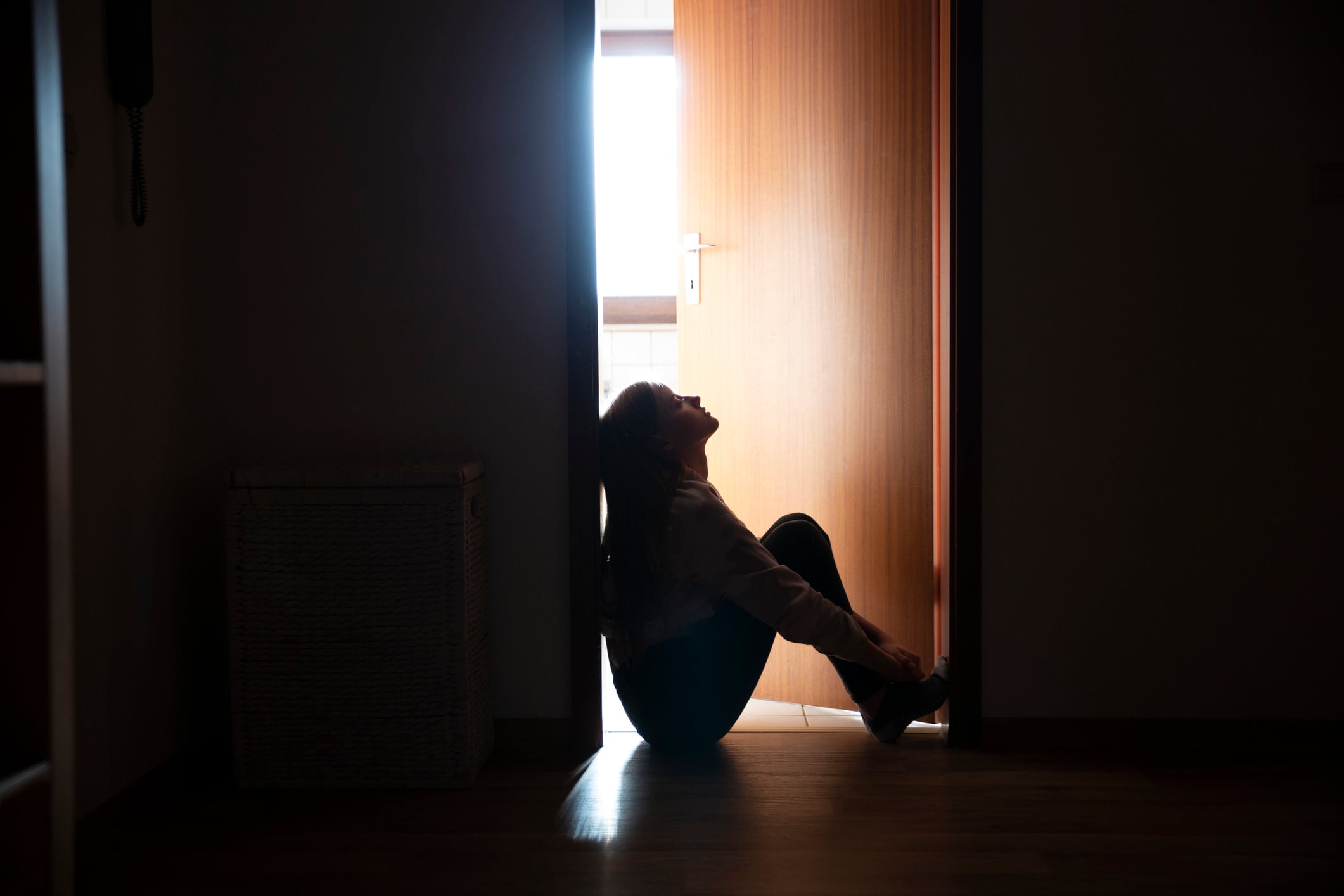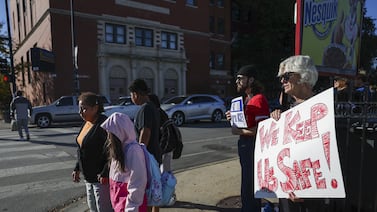Chalkbeat is a nonprofit news organization covering public education in communities across America. Subscribe to our free weekly newsletter to keep up with how public education is changing.
Nearly 60% of teenage girls reported feeling persistent sadness or hopelessness in 2021, compared to just under 30% of their male counterparts, according to new high school survey data.
The disparities come as the share of students reporting persistent feelings of sadness or hopelessness leapt from just over a quarter a decade ago to more than 40% in 2021. Mental health experts have warned of a crisis brewing among young people, as schools struggle to respond to a wave of new challenges spurred by the personal, academic, and economic losses of the pandemic.
“These data show a distressing picture,” said Debra Houry, chief medical officer at the U.S. Centers for Disease Control and Prevention, which conducted the survey. “America’s teen girls are engulfed in a growing wave of sadness, violence, and trauma.”
Female high school students were nearly twice as likely to struggle, according to the data. More than 40% of girls said they had experienced poor mental health in the past month, though just 18% of boys felt similarly.
Those disparities are consistent with mental health trends among men and women more broadly, with women about twice as likely to experience depression, said Tamar Mendelson, director of the Center for Adolescent Health at John Hopkins University.
While there’s no definitive consensus on the cause of the gap between female and male students, researchers have speculated that social media use and higher rates of bullying and sexual pressures and violence may contribute to greater struggles among girls, Mendelson said. The CDC findings showed teenage girls experienced bullying and sexual violence at higher rates than their male counterparts.
Mental health concerns were especially prominent among LGBQ+ students, with nearly 70% reporting persistent feelings of sadness or hopelessness compared to just 35% of students who identified as heterosexual. (The national survey did not include questions about gender identity, but will in the future, officials said.)
“We need to be looking structurally at what is happening in society that is creating these kinds of traumas and pressures on young people,” Mendelson said. “That ranges from structural racism, to economic oppression, to just the pressures that come with a society with so many inequities.”
Across all racial and ethnic groups, more students reported persistent feelings of sadness or hopelessness in 2021 than in prior years.
These trends aren’t new. Similar gender and sexuality based mental health disparities were documented in CDC data released last year, and many of the trends in the report are a continuation of consistent declines in mental health over the past decade. And recent years have seen LGBTQ+ students reporting increasing hostility at school.
The new report also showed that nearly 40% of high school students do not feel connected to anyone at their schools — a factor which research has shown is linked to lower risks of substance abuse, mental health concerns, and other potential issues.
Female and LGBQ+ students were also less likely to feel connected to those at their schools than their male or straight counterparts, according to the data.
Feeling excluded or disconnected from peers can be “enormously stressful” for high school students, said Mark Van Ryzin, an education researcher at the University of Oregon who studies youth development and peer relations. It can both dampen student learning and exacerbate mental health challenges, he said.
“I would consider it to be a five-alarm fire if a school had 20% of students that felt that way,” Van Ryzin said. “But 40%, my goodness. It’s a testament to the times.”
In an effort to address the growing challenges, some schools across the country have added social workers, counselors, and other mental health resources, though many have struggled to overcome staffing shortages among mental health professionals. Schools have also taken steps to support students in the wake of gun violence and other traumatic incidents.
Collected in the fall of 2021, the data represents a snapshot of trends that may have shifted in the time since. Still, Mendelson said the findings point to the critical need for more mental health support for all students in schools.
“The findings really underscore the notion that we cannot ignore the mental health of young people — this is a critical issue,” she said. “And we’re ignoring it at our own peril.”
Julian Shen-Berro is a reporter covering national issues. Contact him at jshen-berro@chalkbeat.org.





